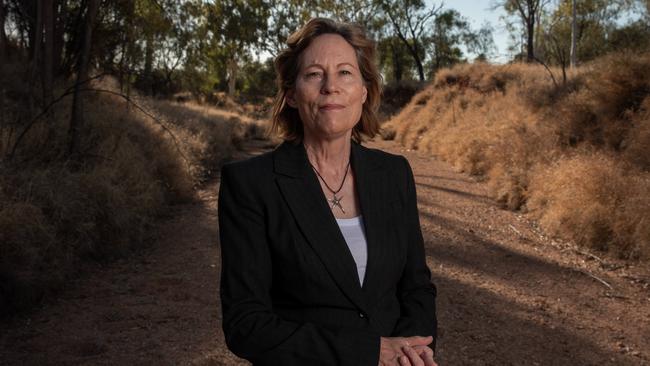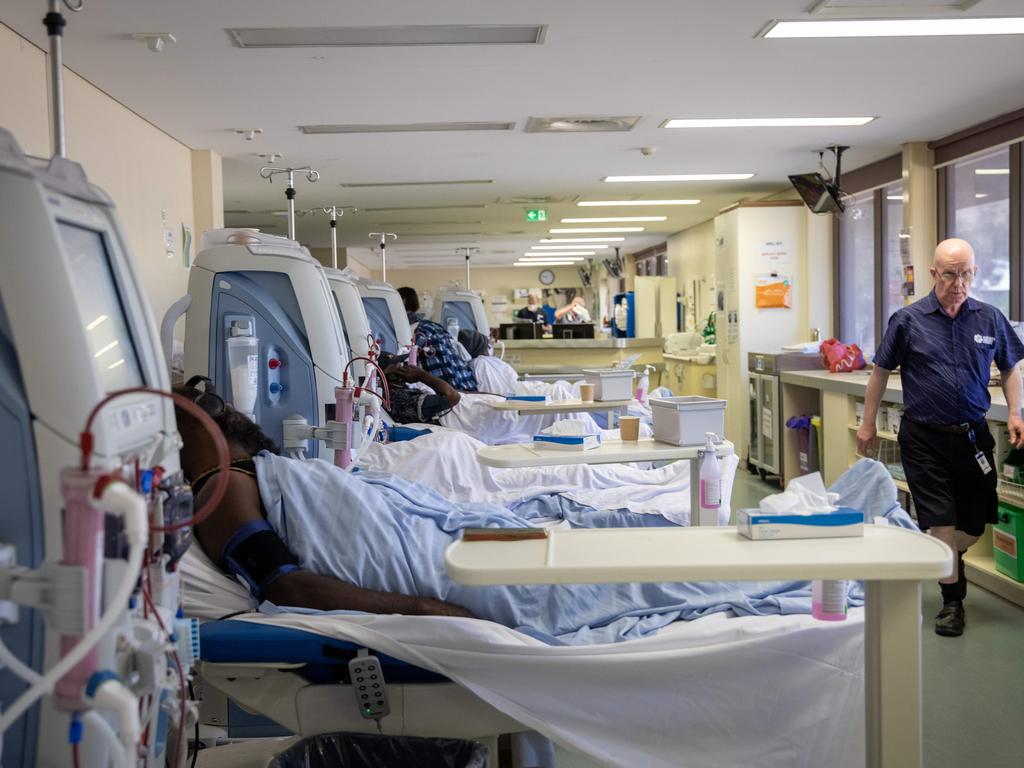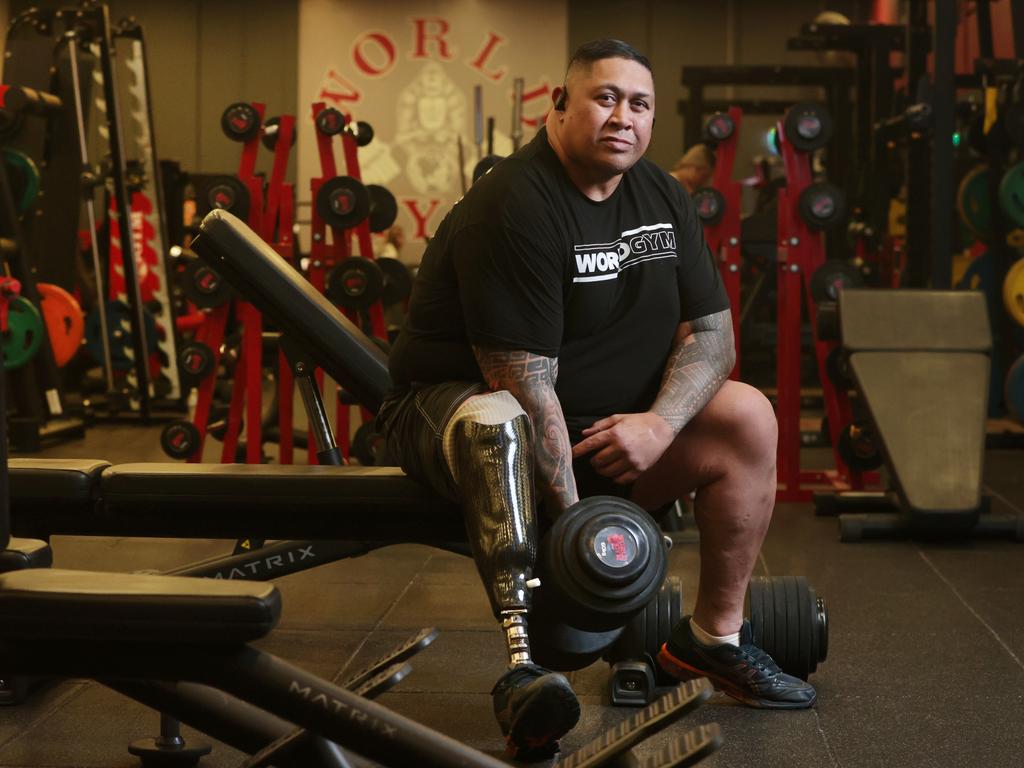Babies of diabetic mums born with birth defects: doctors
Babies of mothers who have type 2 diabetes in pregnancy are being born with holes in the heart and malformed kidneys, as the diabetes battle extends into a frightening new front.

Babies of mothers who have type 2 diabetes in pregnancy are being born with congenital defects including holes in the heart and malformed kidneys, frontline clinicians reveal as the nationwide diabetes battle extends into a new front.
Endocrinologists at public hospitals have highlighted the trend as the numbers of pregnant women with youth-onset type 2 diabetes grows, with as many as 15 per cent of babies born to these mothers having some form of congenital malformation.
Doctors are reporting holes in the heart, open spines and malformed kidneys are being seen in the babies of these mothers, and they are now calling for women of childbearing age to be screened for type 2 diabetes before falling pregnant.
It comes after the The Australian reported the national diabetes epidemic was pushing hospitals to the brink of collapse, with up to one-third of patients in urban centres affected by the condition and kidney dialysis clinics at absolute capacity in Central Australia, where one in 100 people has end-stage kidney failure and is forced to depend on the largest dialysis clinics in the southern hemisphere in Alice Springs.
“I see people in my clinic who have not been seen in pre-pregnancy and they come in with a high blood glucose which could have been managed,” said David Simmons, a southwestern Sydney endocrinologist.
“I have to talk to them about why it is that their baby has a hole in the heart and is going to need major surgery because their type 2 diabetes was undiagnosed or undermanaged or the baby may have some other congenital malformation that may have been able to be avoided.”
Professor Simmons said the rate of congenital malformations among women with type 2 diabetes in southwest Sydney was as high as 15.6 per cent in peer-reviewed research against a background national rate among those without diabetes of 2 per cent.
“We don’t have many places in pre-pregnancy clinics,” Professor Simmons said.
“We don’t have a pre-pregnancy approach to ensure women enter pregnancy with the best possible management.”
The number of people with type 2 diabetes, a condition in which patients become insulin resistant and develop dangerously high blood sugar levels, has tripled in the past 30 years. The disease is forecast to affect one in 12 Australians by 2050, costing the nation at least $45bn a year.
One in 10 deaths is attributable to diabetes currently, and a minor or major amputation is performed every two days in Australian hospitals as a result of diabetes complications. The condition is also the leading cause of premature blindness and causes heart attack, strokes and nerve problems.
There is no national data on the prevalence of type 2 diabetes in pregnancy, but the numbers of such women is growing as the age of diagnosis of the condition – previously a disease of middle age – gets younger and younger.
Alice Springs-based endocrinolgist Elna Ellis said the rising rates of women with type 2 diabetes in pregnancy was now a “significant burden” on the health system and was entrenching intergenerational disease.
Some patients in Alice Springs hospital were presenting with extraordinarily high blood glucose levels before even being diagnosed amid a primary care workforce shortage.
“We would not infrequently have patients presenting with glucose levels of 30 or higher,” she said. “We have really been struggling to recruit qualified people as diabetes educators.”
Dr Ellis said it was devastating to see children as young as four now being affected by type 2 diabetes. “It is heartbreaking as a doctor to see that,” she said. “That trajectory to me is absolutely shocking and heartbreaking. If I had to envisage that that potentially was my child, I would be absolutely devastated. And even more so if I felt that there wasn’t enough action being taken to raise awareness of it.
“Where we could do far better is in terms of prevention. Unfortunately, our primary healthcare is not adequately resourced and in fact was annihilated following the Covid pandemic. So much of the focus, unfortunately, is on acute presentations.”
According to Darwin endocrinologist Matthew Hare, who wrote his PhD on the topic at the Menzies School of Health Research, Aboriginal women in Central Australia have the highest rates of type 2 diabetes in pregnancy ever reported globally.
Research led by Dr Hare found that there had been a 10-fold increase in the rate of type 2 diabetes among pregnant Aboriginal women in just 30 years, and the condition now affected almost one in 10 Aboriginal women in Central Australia.
Alarmingly, one in 10 Aboriginal women with type 2 diabetes in pregnancy developed end-stage kidney disease requiring dialysis within 12 years of follow-up after the pregnancy. These women were almost 30 times more likely to develop end-stage kidney disease compared to women without any diabetes in pregnancy.
Following publication of a national investigation by The Australian of the diabetes epidemic, Dr Hare said as an endocrinologist, he saw people with young-onset diabetes who already had premature complications every week.
“I see families where loved ones have died in their 30s due to diabetes complications, and the next generation is struggling with their own diabetes due to so many competing priorities and other barriers,” Dr Hare said. “I have patients with type 2 diabetes in their 20s on dialysis, undergoing amputations and having heart attacks. The reality is that we are under-resourced to provide the holistic, culturally safe care people need. As highlighted … in the articles, there is a primary care workforce crisis in the NT. Currently we even struggle to access highly effective medications due to global shortages and supply chain issues that see remote Australia worse off.”
Western Sydney paediatric endocrinologist Gary Leong, who works in the childhood arm of Nepean Hospital’s multidisciplinary obesity clinic, said The Australian’s reporting highlighted the urgent need to fund prevention programs for diabetes that are very scarce and poorly funded.
“Of the last 10 new children with diabetes I have seen in the past few months at Nepean Hospital, four have had type 2 diabetes, all from overseas-born families; the others had autoimmune-related type 1 diabetes,” he said. “This is a portent of the tsunami of type 2 diabetes in childhood, not just in NT, but right here in the disadvantaged CALD (culturally and linguistically diverse) families I see in western Sydney.”







To join the conversation, please log in. Don't have an account? Register
Join the conversation, you are commenting as Logout